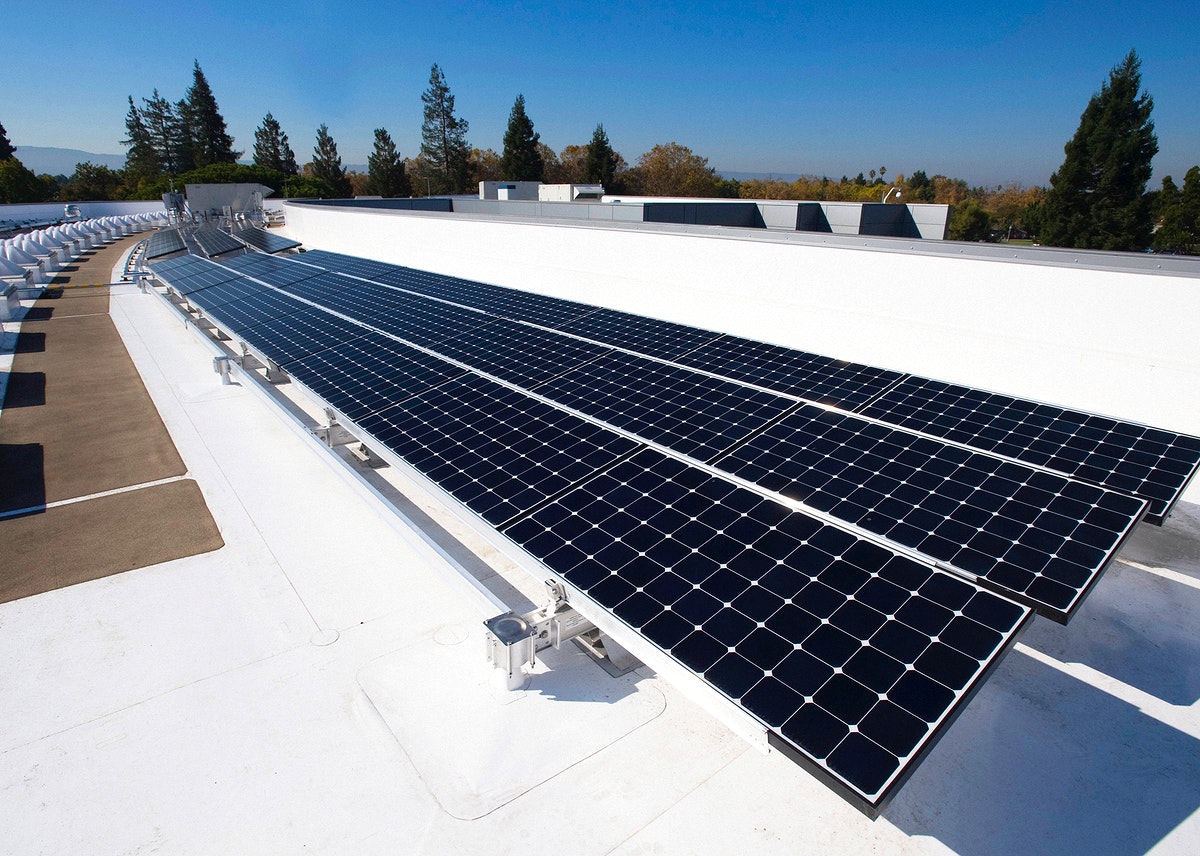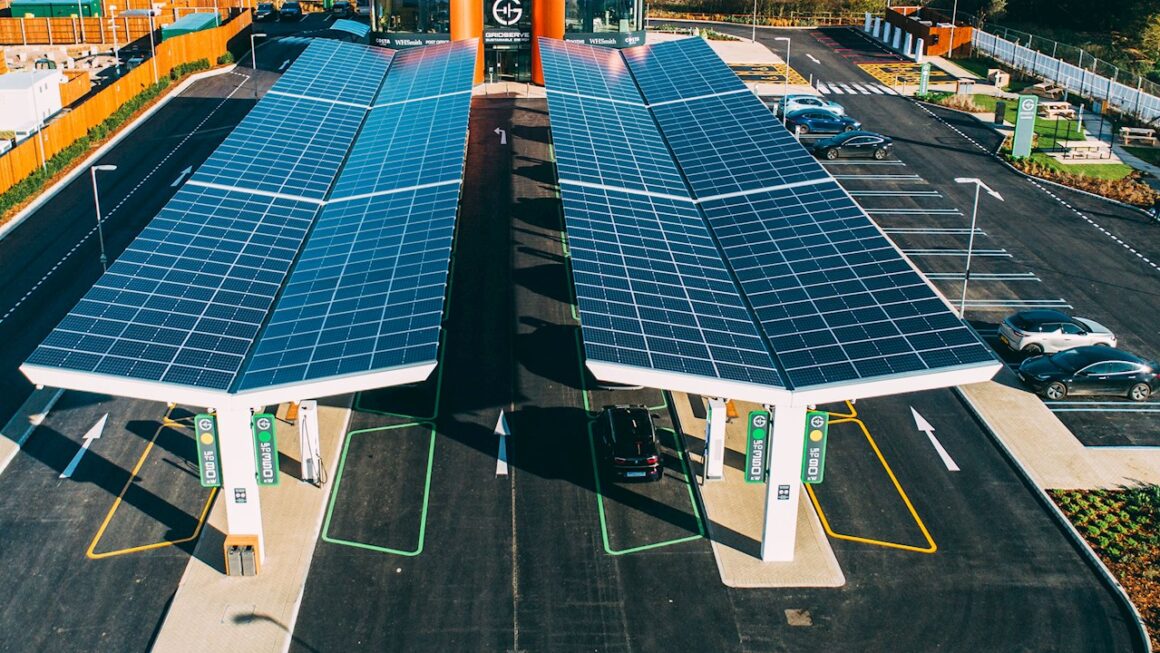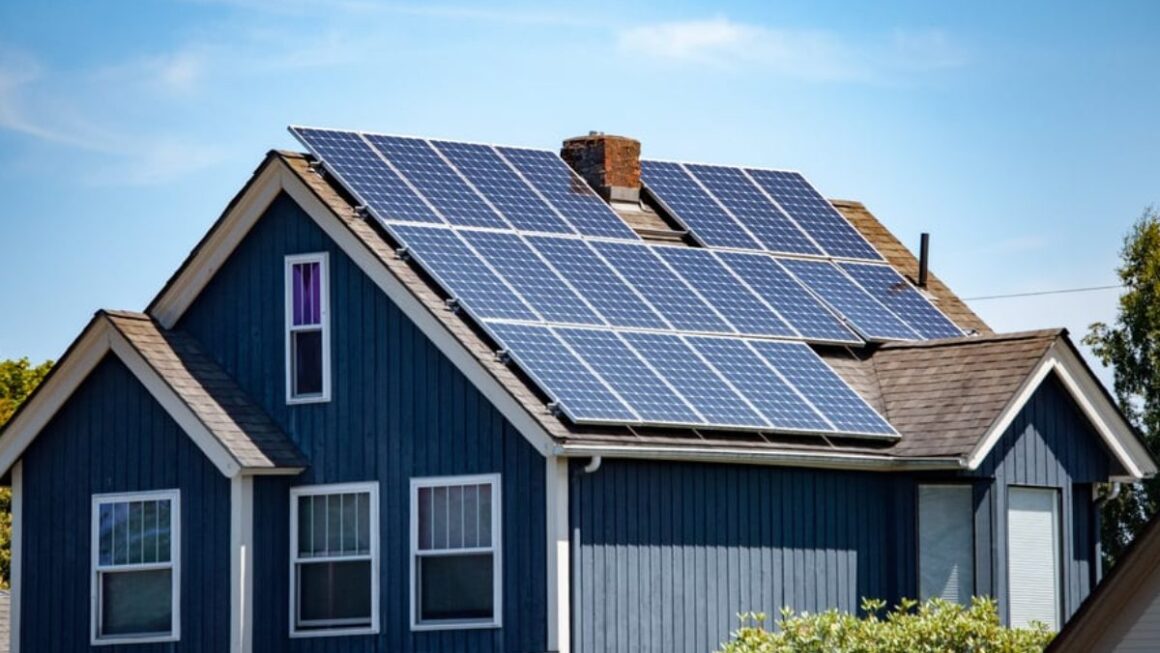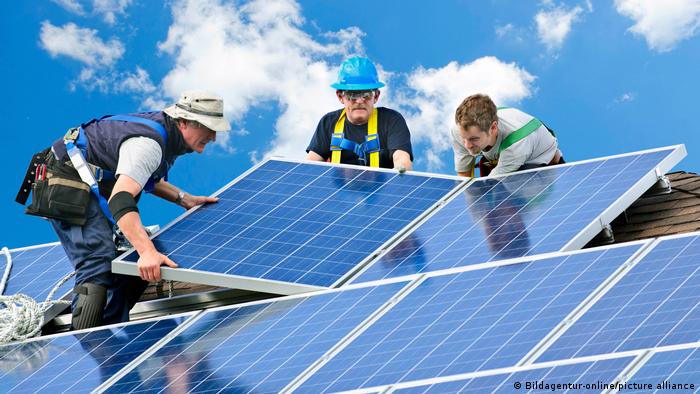Innovation in the solar energy industry continues to grow year after year, especially as more and more people turn to renewable energy sources as an alternative to fossil fuels that can damage the environment. However, as promising as these innovations are, there is still room for improvement in the solar panel efficiency department. Whether you’re looking for ways to improve your existing solar panels or you’re considering adding panels to your house or business, here are 10 tips that will help you make the most of your solar panel efficiency with style.
1) Check for shading
Shading is one of the most common reasons for low solar panel efficiency, and it can be hard to detect. A good rule of thumb is that if you see a shadow in the morning or evening, your panels are shaded. Make sure there’s nothing blocking the path between the sun and your panels–especially trees, buildings, and hills.
2) Keep panels clean
Keeping panels clean is the simplest way to improve their efficiency. Dirt, soot and other materials left on the panels will decrease the amount of sunlight that is absorbed, which then means less power generated for your home or business. Use a soft brush or cloth moistened with water and some dish soap to remove dirt from your solar panels.
3) Use a solar tracker
Putting a solar tracker on your roof can increase the efficiency of your panels by as much as 25%. They track the sun, so they’re always pointed at it.
4) Consider the angle of your panels
Positioning your panels at a different angle can make a big difference in the efficiency of solar panels. You want to position your panel so that it is facing south, or as close to south as possible. If you live in an area with a lot of cloudy days, it might be worth adding some shading on your solar panels. This will help them produce more electricity when there are less hours of sunlight each day.
5) Use a reflective surface
Ideally, a solar panel should be installed in an area that receives at least 6 hours of direct sunlight per day. The angle at which the sun’s rays hit the panel is also important; a tilt between 20 and 60 degrees will maximize its exposure to light. A reflective surface like snow can help reflect more light onto the panel.
A solar installation company can help you determine what type of panels are best for your home and how many you’ll need.
6) Install a solar panel ground mount
Installing a solar panel ground mount can increase the efficiency of your solar panels. The ground mount is easy to install, and will create the necessary angle needed for optimal sun exposure. It also helps you avoid shading from trees or other buildings that may be in the way of direct sunlight.
7) Use a thermal storage system
Thermal storage systems use the heat generated by solar panels during the day to keep a building warm at night. This helps improve the efficiency of your solar panels because the heat generated during the day is not wasted, but rather stored for when it is needed at night. The increased efficiency can lead to greater financial savings in heating costs and lower utility bills.
8) Use a solar cover
Solar covers are popular as they increase the efficiency of solar panels by up to 20%. They also reduce the risk of snow and ice buildup, which can cause other issues with solar panels. Covering your panels during winter months is a good idea and can help extend the life span of your solar system.
Another way to improve panel efficiency is by using a tracking system that allows the panels to follow the sun throughout its course across the sky.
9) Use light-colored roofing materials
The color of your roofing materials can have a significant impact on how much light is reflected. Light-colored surfaces reflect more sunlight than dark ones, which in turn will cause solar panels to produce more energy. Talk with a professional about the best options for your home.
10) Consider a microinverter
A microinverter is an important component in a solar panel system because it converts direct current from the solar panels into alternating current for use in your home. However, there are some factors that can limit the efficiency of a microinverter and you’ll need to understand them if you want the best performance out of your system.



